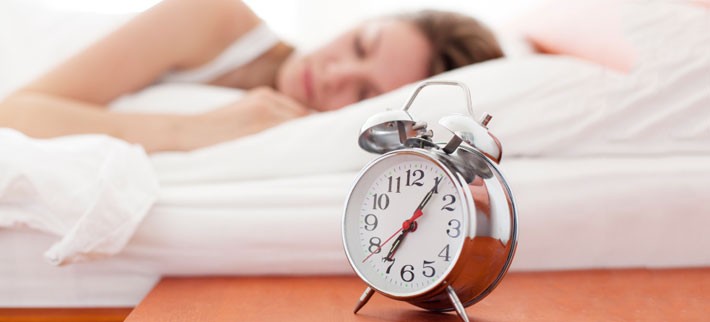Artificial light at night: how to limit its harmful effects on your sleep and health

By Michael Meiser, President of Lumilum
We spend roughly a third of our lives asleep – or we should.
Sleep disorders are on the rise, caused by upended routines during the pandemic, more screen time, increased alcohol consumption, and dissolving boundaries between work and private life.
Light is one of the biggest disruptors of your circadian rhythm, particularly artificial light and during winter we’re exposed to it more than we should be.
Michael Meiser, President of Lumilum, reveals the science behind why artificial light can wreak havoc with your sleep and offers top tips for combatting light interference for more quality shut eye.
Support your natural body clock
Your body clock is regulated by a part of your brain, commonly known as the circadian pacemaker. It’s the circadian pacemaker’s job to regulate your sleep patterns and maintain the body’s natural rhythm.
Unfortunately, your body clock is extremely sensitive to changes in light levels – and this can mean you get poor quality sleep at certain times of year.
In spring and summer, you may need to help reset your body clock if it’s light outside before you wake or when you go to bed. Consider blackout curtains to stop natural light from disturbing you too early or late.
But when it’s dark when you wake in the morning and hours before your bedtime in autumn and winter, you’ll need to do the reverse and trick your body into thinking the sun is rising or setting at these key times.
Mimic sunset and sunrise in the darker months
During dark mornings, waking up gradually is better for your health than waking up abruptly – as a rude awakening can spike your adrenaline and blood pressure. LED glow cubes or sunrise alarm clocks are a fantastic way to help you rise more naturally, rather than a loud alarm in the pitch black that will leave you feeling groggy.
In the hours before you go to bed, think about the lighting sources in the spaces you relax like the living room or bedroom.
A dimmer switch can help you control lighting levels in your home via the main switch. You can also layer your lighting with lamps and LED strips to illuminate small areas softly, helping to kickstart your natural sleep cycle.
Consider the “color temperature” of your home lighting too. These usually range from around 2,200K to 6,000K which refers to the shade of light given off.
Lower ‘temperatures’ – around 2,000-3,000K – give off a warm, yellowish light that is easy on the eyes, producing an inviting glow for relaxing evenings.
Many sunrise body clock alarms also have a sunset setting, which gradually dims the built-in light to a warm ambient orange and then red before turning off and leaving you drowsy in the darkness ready for a good night’s sleep.
Ditch the devices before bed
For many of us, our smartphones or tablets are the last thing we see before we shut our eyes at night.
But blue light, emitted from digital screens, is one of the issues affecting people’s sleep patterns and quality. That’s because blue light interferes with the production of melatonin – the chemical your body produces when it’s time to go to bed.
Your brain naturally produces more melatonin in the dark. Therefore, reducing the amount of blue light exposure in the hours before you go to bed and keeping levels under control during the day can drastically improve your sleep quality.
Make a conscious effort to avoid your devices in the hours leading up to bedtime. Setting time limits on the apps you usually spend your time on at night can help break the habit.
If you can’t bear to go without, many devices provide a dark mode or night shift option, which slices blue light exposure by up to 57%, so check your settings and make the switch.





